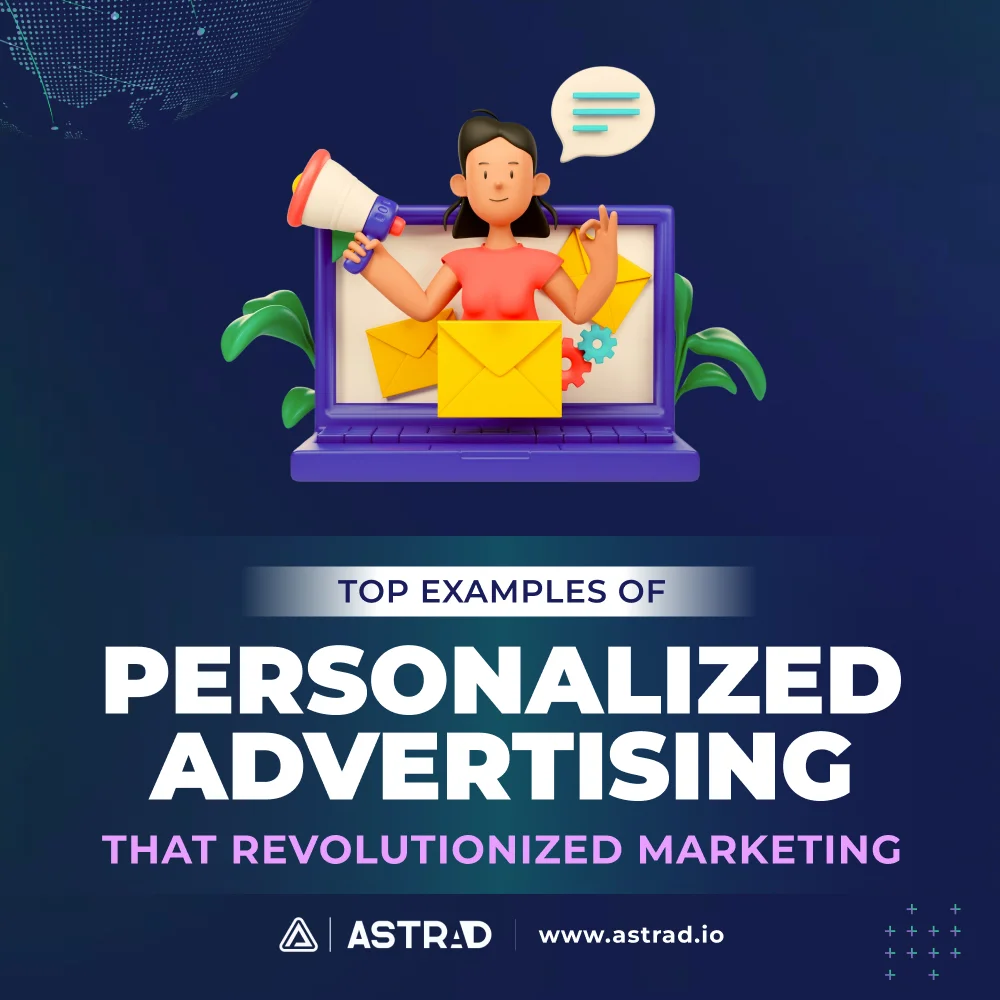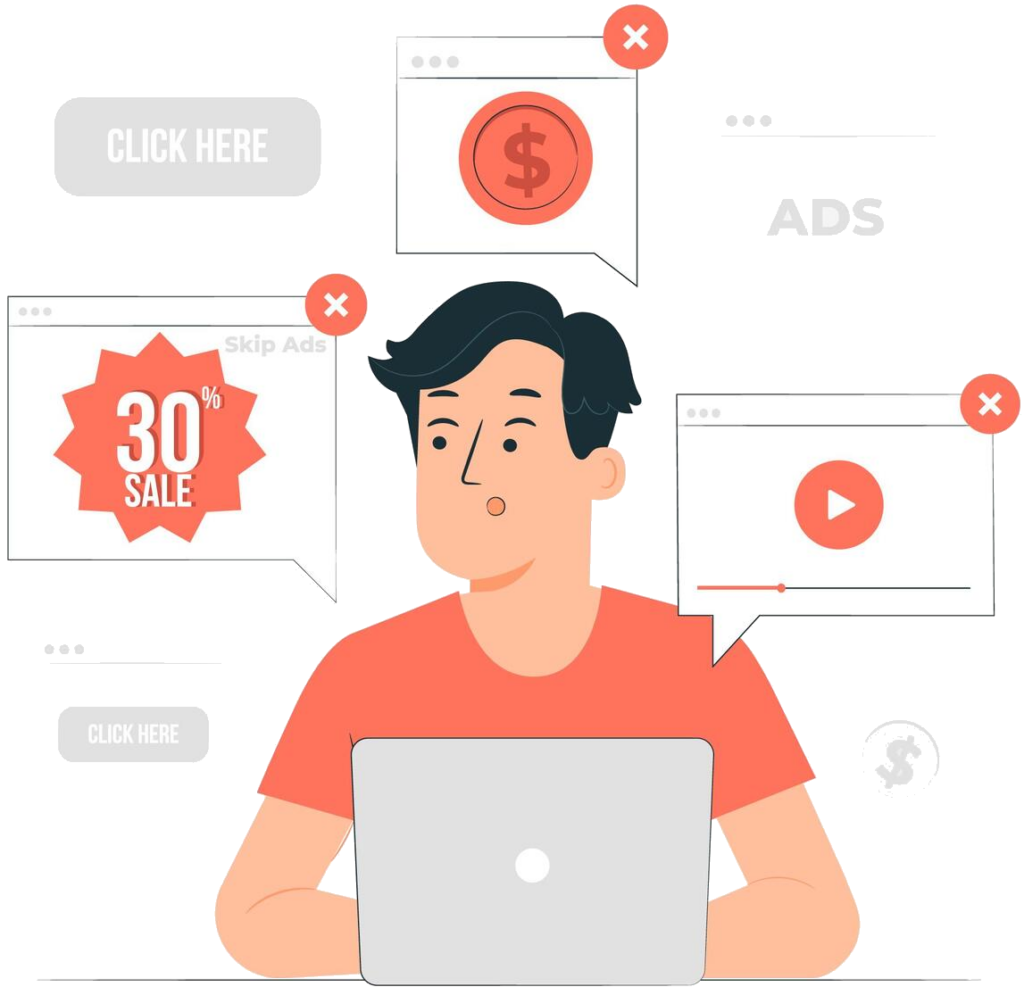In the cutthroat arena of mobile marketing, app install ads are your bow and arrow of choice. The bell has gone off, and everyone is thirsty for blood as the 12 Districts compete in the never-ending Hunger Games of marketing. For driving downloads and engagement, your Katniss needs this weapon.
But not all battlegrounds are the same, not all arenas are similar, and sometimes the game masters are rather nasty. Understanding these nuances can be the difference between triumph and disaster. Ready to dive into the fray?
What Are Mobile App Install Ads?
App install ads are targeted advertisements designed to entice users to download a mobile app. It’s that simple. If you’ve been on Instagram or YouTube, then you’ve seen them. These ads are the lifeblood of the mobile marketing landscape.
Why? Because they offer a direct route to boosting app downloads and user engagement. They help apps get off the ground, find an audience, and get the right number to continue breathing and bring in more investments. Whether you’re heralding the next viral game or a utilitarian app, install ads are your golden ticket to growth. It’s that simple.
The importance of app install ads can be seen in the figures, stats, and numbers — in the math. With over 5 million apps available across iOS and Android platforms, standing out is no small feat. App installs ads make sure your app gets the visibility it requires amidst the digital cacophony. Plus, they directly contribute to your app’s growth. They drive high-quality traffic, supercharge user engagement, and ultimately boost revenue.
Different Platforms — Different Tailored Strategies
Let’s look at some of the platforms and types and in them try to glean some of the mobile app install ads best practices.
Types of App Install Ads
App install ads come in myriad forms – banner ads, interstitial ads, video ads, and more. They are a dime a dozen, and as the digital biosphere – or bit sphere – grows, so do their ranks. Each type has its own charm and best-use scenarios.
For instance, banner ads are splendid for constant visibility, while video ads provide an immersive experience akin to slipping into someone’s skin. There are playable ads, which offer a mini-experience of the app, making them highly effective for gaming apps by letting potential users try before they download.
Key Platforms for App Install Ads
Google Play Store
The colossus of the Android realm with vast reach. Google’s Universal App Campaigns – UAC – leverage machine learning to optimize ad performance across Google Search, Play, YouTube, and Display Network. If you have a Motorola, a Samsung, or any other smartphone or tablet without an Apple logo, then this is your sandbox. And in most countries outside the US and some European nations, Android is the top dog.
Apple App Store
A bastion for iOS users, known for its high-value audience. Apple Search Ads offer a streamlined way to promote apps within the App Store, ensuring ads are seen by users actively searching for relevant apps.
Facebook/Meta and Instagram
Leveraging social dynamics to drive installs. Facebook’s ad platform provides detailed targeting options based on user behavior and interests, while Instagram’s visually rich format is perfect for engaging younger demographics.
TikTok
The new kid on the block, perfect for ensnaring younger demographics. TikTok’s advertising solutions are designed to be engaging and immersive, capitalizing on the platform’s viral nature.
Analyzing Effectiveness Across Platforms
Performance Metrics to Consider
To really gauge and get a grasp of the success of your app install ads, keep an eye on these metrics:
- Click-through Rate – CTR: Measures the percentage of users who heed your call and click on your ad. High CTRs indicate effective ad creativity and relevance. They tell you how many saw the ad and then went and gave it a bit more time in their busy day to sell them the pitch.
- Conversion Rate: Tracks how many clicks lead to actual installs. A high conversion rate signals that your app’s landing page and value proposition are compelling. This is the equivalent of, well, they heard your pitch, but did you make the sale?
- Cost per Install – CPI: Calculates the cost of each app install. Lower CPI indicates more efficient ad spending.
- Return on Investment – ROI: Evaluates the overall profitability of your campaign. Positive ROI shows that your app install ads are contributing to your business growth.
Comparative Analysis
Google Ads vs. Facebook Ads vs. Apple Search Ads: Each platform offers unique advantages — each has its cons and pros. Let’s look at some.
- Google Ads: Broad reach and advanced targeting, excellent for gaming apps. A study by AppsFlyer found that Google Ads accounted for 34% of gaming app installs.
- Facebook Ads: High engagement rates, ideal for e-commerce and social apps. Facebook Ads boast a CTR of 0.9%, significantly higher than the industry average.
- Apple Search Ads: These are high-intent users and are perfect for utility and productivity apps. According to Apple, users who download via Search Ads are 50% more likely to be high-value users.
Tools and Technologies
Utilize tools like Adjust, AppsFlyer, and Google Analytics for tracking and scrutinising your campaigns. These platforms provide profound insights into user behavior and ad performance, helping you refine your strategy. For instance, Adjust offers real-time analytics and attribution tracking, while AppsFlyer provides detailed cohort analysis and retention reports.
Ads for the Win
The real, day-to-day efficacy of app install ads varies drastically across different platforms — not all arenas and not all Hunger Games are the same. By always analyzing performance metrics and leveraging the right tools, marketers can optimize their campaigns for superior performance and higher ROI.
Always be prepared to adapt your strategies to remain ahead in this relentless game. As Ralph Waldo Emerson once said, “Adapt or perish, now as ever, is nature’s inexorable imperative.” This applies to the dynamic world of app marketing just as much as it does to the natural world.






